Was watching this video today (below) with the Twitter COO. When asked about the advertising strategy, he says:
You will see an advertising strategy from us in the very near future. And i think that it will be…um…fascinating and completely non-traditional and people will love it…. The genuis of Google when Google first rolled out ads was that the ads were also the kinds of things that people were looking for. So we want to do something that is organic and in the flow of the way people already use twitter and not here are the tweets and here are the ads. So it’ll be very organic. It’ll be very cool and people will love it when they see it.
This is exactly the right strategy. I know from experience as does anyone who’s every tried to sell traffic to ad agencies that the banners are not working. The click-throughs and engagements are low. The IAB unit needs some help and the best way to help is to generate ads organically within the content. What Twitter’s strategy is, i’m not sure but i did see this video today where Steven Fry suggested that tweeters can sell access to their accounts. That would be interesting.
Here’s Twitter COO below. The ad discussion is at 17 minute mark
Related articles by Zemanta
- Twitter COO Costolo: Advertising Coming To Twitter Soon (centernetworks.com)
- Twitter COO: We’ll Have An Advertising Business Soon. And You’re Going To Love It. (techcrunch.com)
- Twitter ads are coming soon – will you love them? (thenextweb.com)


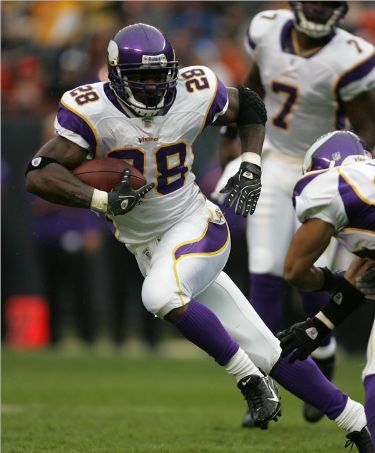

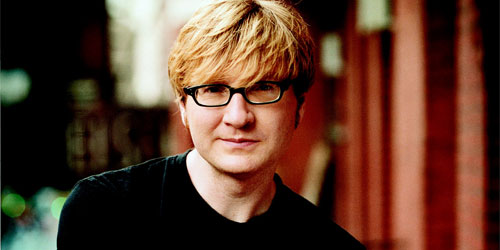
![Reblog this post [with Zemanta]](http://img.zemanta.com/reblog_c.png?x-id=a7ed5638-56af-44b4-b287-5e5b0fd8589e)

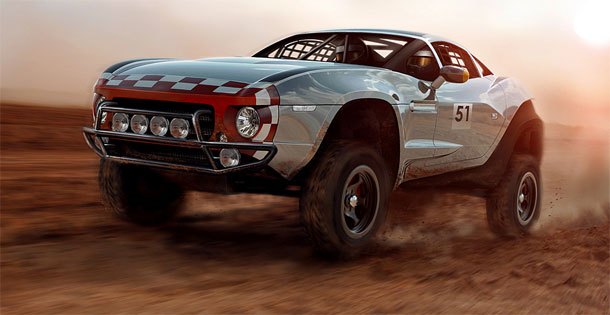
![Reblog this post [with Zemanta]](http://img.zemanta.com/reblog_c.png?x-id=e0bb55b9-eb44-4b46-9f0e-73db343cde3e)

![Reblog this post [with Zemanta]](http://img.zemanta.com/reblog_c.png?x-id=cbab0782-14c6-4182-8e1b-888ac85ab58e)

![Reblog this post [with Zemanta]](http://img.zemanta.com/reblog_c.png?x-id=6973e913-44d3-4689-81a0-84479a1e9675)
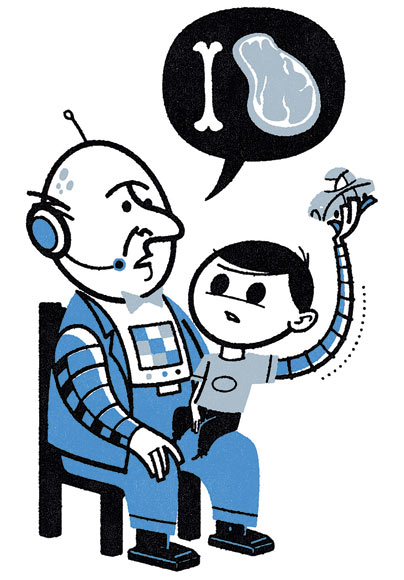
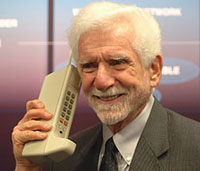 o way of not only knowing what hair color or muscle mass they kid would have and some patents didn’t even know if they were having a boy or a girl
o way of not only knowing what hair color or muscle mass they kid would have and some patents didn’t even know if they were having a boy or a girl